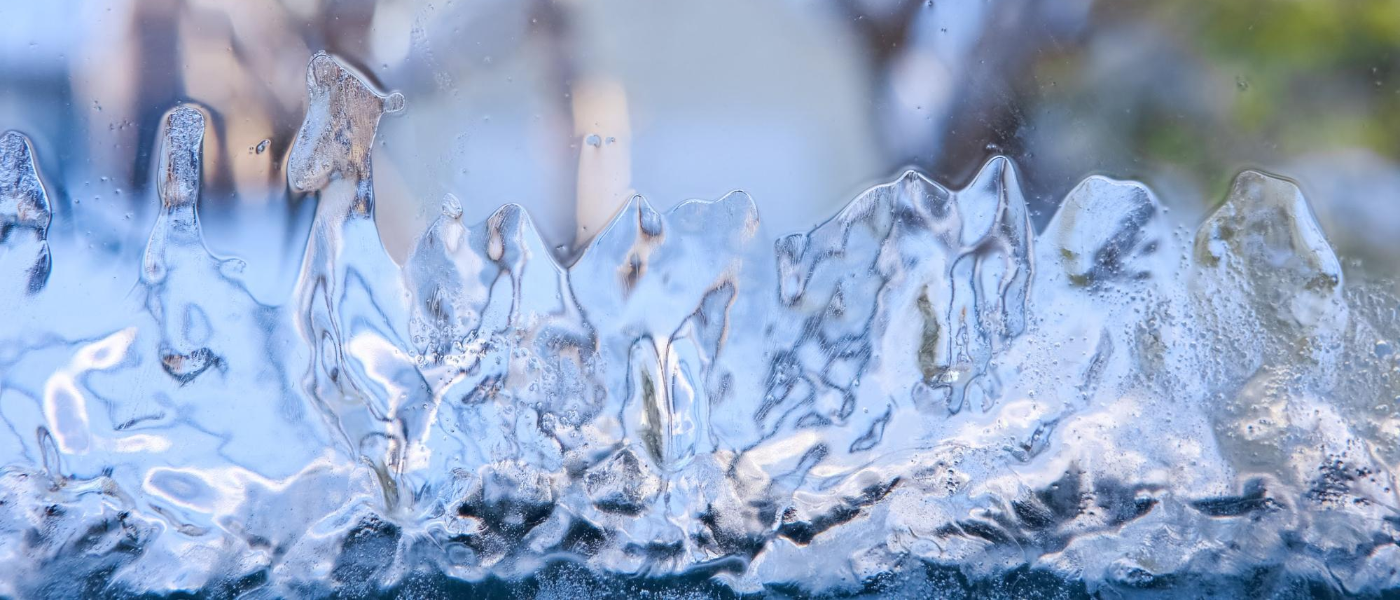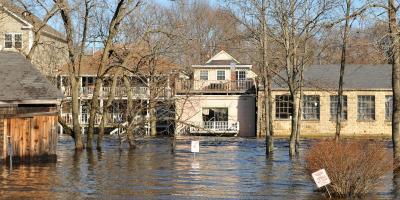Polar Vortex: What Survived and What Didn't?

New England residents (and pests) have historically found themselves at the mercy of a multitude of polar vortices. Most recently, the polar vortex in 2014 caused subzero temperatures and Arctic-like weather. While it’s not most people’s idea of an ideal winter, the good news is that we’re not alone in our distaste: These conditions threatened certain species, like the stinkbug and other invasive pests. According to field researchers at Virginia Tech, an estimated 95% of stinkbugs might have been killed by the 2014 polar vortex.
What about other pests? Could New England homeowners hope for a reprieve from some other common pests, thanks to the cold?
Survival of the Fittest, No Matter the Weather
Unfortunately, some of the most problematic pests managed to weather the Arctic conditions delivered by the polar vortex. Even in the event that an adult population of pests dies off from extreme cold, the eggs they have already laid will survive and hatch as soon as the weather warms; some pests are pretty clever when it comes to weathering unseasonable temperatures...
PestWorld.org covers five common critters that strategize their survival, no matter the weather: ants, bed bugs, cockroaches, mosquitoes, and termites. Here’s how they do it:
Ants Ace Overwintering
Starting in the fall, ants eat everything in sight in order to bulk up for winter and the weeks spent without food. With temperatures dropping outside, the ants’ body temperatures also decrease while they hibernate within their sealed colonies until the mercury rises.
Bed Bugs Barge Inside
Even near-freezing conditions are no match for bed bugs, which can survive frigid temperatures -- at least for a few days. Because they can’t last much longer than that, they are quick to cozy up inside New England homes... where they are likely to stay until forced to evacuate.
Cockroaches Conquer Any Climate
Biologically, cockroaches have time on their side when they need to withstand harsh conditions, and winter weather is no exception. However, while they’re purportedly able to survive a nuclear winter, cockroaches do need access to warm spaces and will seek out residential and commercial buildings when the temperature drops.
Mosquitoes Muscle through Winter
Even though you likely won’t see them -- or suffer any of their nasty bites -- mosquitoes do survive the winter by hibernating in sheltered spaces until the weather warms up and they venture out in search of blood to support their larvae.
Termites Tuck in Until Spring
In our neck of the woods, subterranean termites simply burrow deeper below the frost line when sub-zero temperatures strike. They won’t reappear until the thermostat reads at least 70 degrees Fahrenheit. At that point, typically known as “swarming season,” termite swarms can be seen while they each look for a mate and a new nesting spot.
Regardless of which pests can and cannot survive polar climates, our pest management professionals will keep them from getting comfortable in your home or business no matter the season. Contact us to get a free quote for year-round pest control solutions for your home or business.



